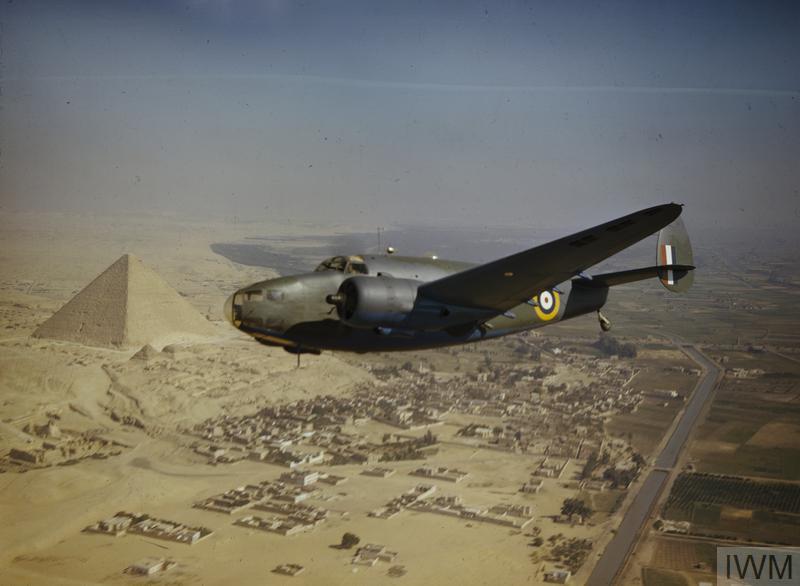When the Second World War broke out in September 1939, just one Army photographer, Geoffrey Keating, and one cameraman, Harry Rignold, accompanied the British Expeditionary Force to France.
On 24 October 1941, the Army agreed to form a corps of trained photographers and cameramen. The unit was called the Army Film and Photographic Unit (AFPU).
AFPU photographers and cameramen were recruited from the ranks of the Army. Many had been press photographers or cameramen in peacetime. All recruits had to undergo compulsory training in battle photography at Pinewood Film Studios. Badges and permits were issued after attempts to confiscate film by overzealous British soldiers.
Evacuated troops on a destroyer about to berth at Dover

Two experienced pressmen, Lieutenant Ted Malindine and Lieutenant Len Puttnam, were among the civilian photographers called up to record the experiences of the British Expeditionary Force in 1939 and 1940. Both recorded the evacuation of troops from Dunkirk. Their dedication was such that they themselves were evacuated not once but twice from France.
The first AFPU section deployed to North Africa. More men were recruited and deployed to Syria, Palestine, Cyprus and Iraq. Desert Victory (1943), a film formed almost entirely from AFPU footage, won an Academy Award for Best Documentary in 1943.
No. 2 Section covered the campaigns in Tunisia, Sicily and Italy, producing a number of successful films, including Tunisian Victory (1944).
On D-Day, 6 June 1944, ten AFPU men from newly formed No. 5 section accompanied the first wave of troops ashore, while others landed with airborne troops by parachute or glider. In the following months, the AFPU accompanied the British Army as it fought its way across Europe.
Troops of 3rd Infantry Division on Queen Red beach

This image of troops of the 3rd British Infantry Division was taken at 8.30am on D-Day and is one a series of acclaimed photographs by Sergeant Jimmy Mapham, who spent most of the day under constant fire.
Despite the tough battles they had experienced, nothing prepared the AFPU for the scenes that they encountered at Bergen-Belsen concentration camp when they entered the camp on 15 April 1945.
In vivid contrast, the AFPU covered the surrender of the German forces in Europe. Many then joined No. 9 Section to cover the ongoing war in the Far East. The AFPU disbanded in 1946.





